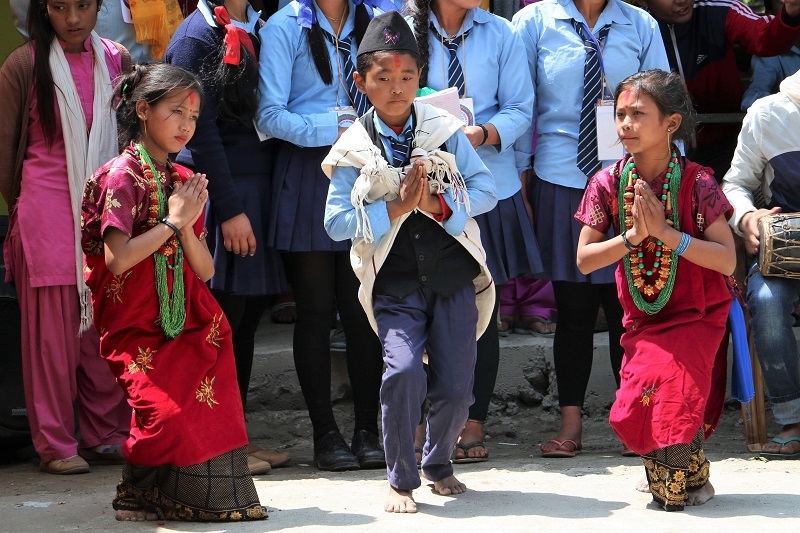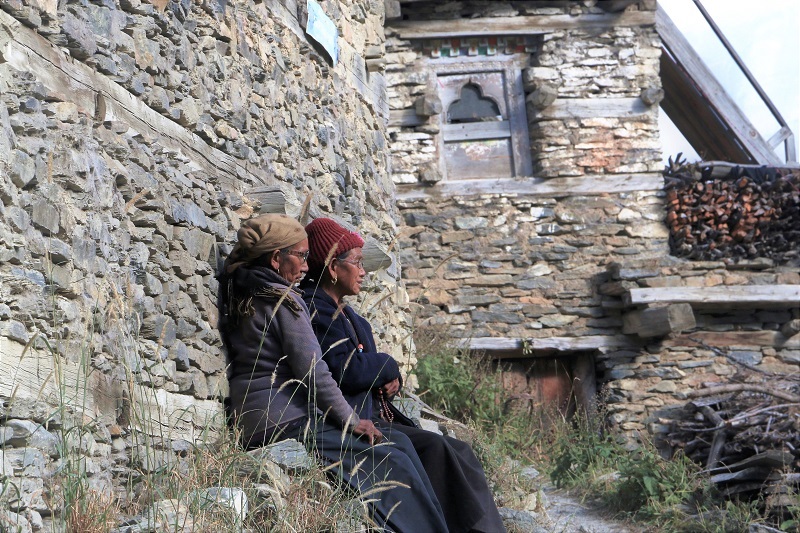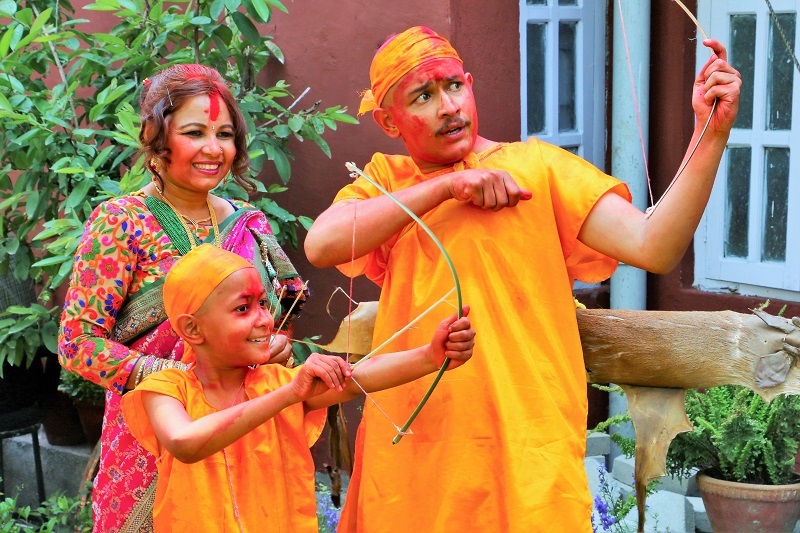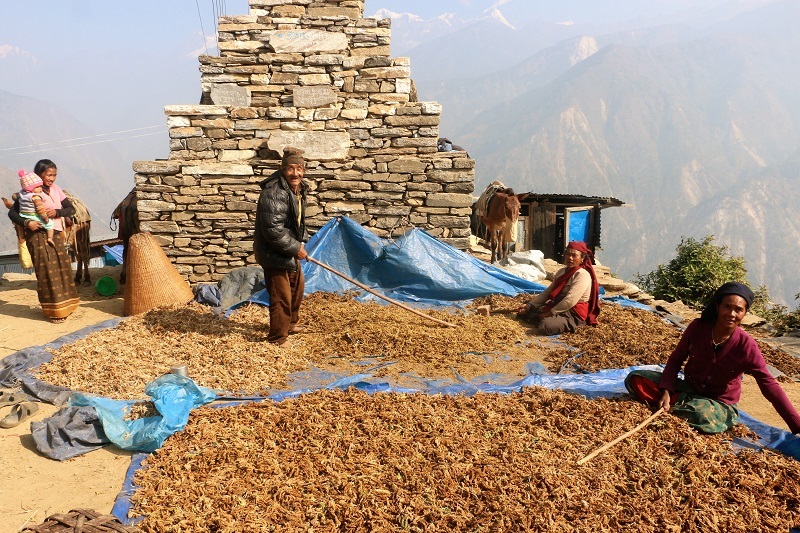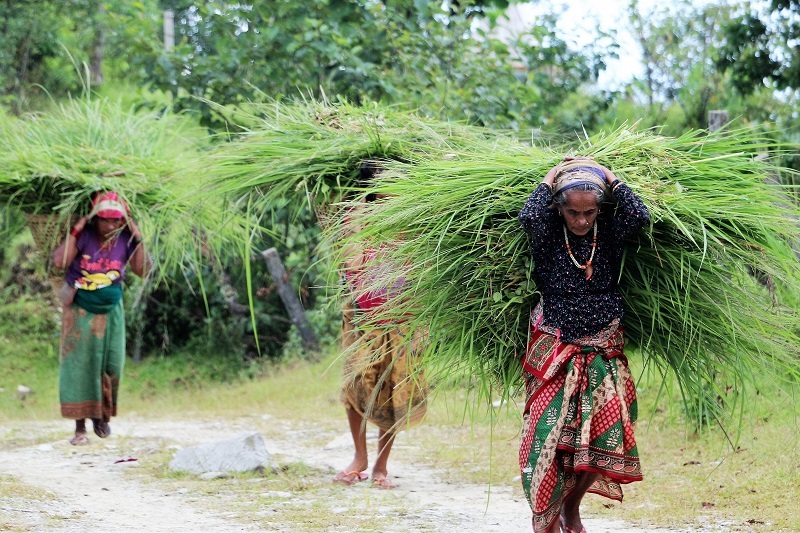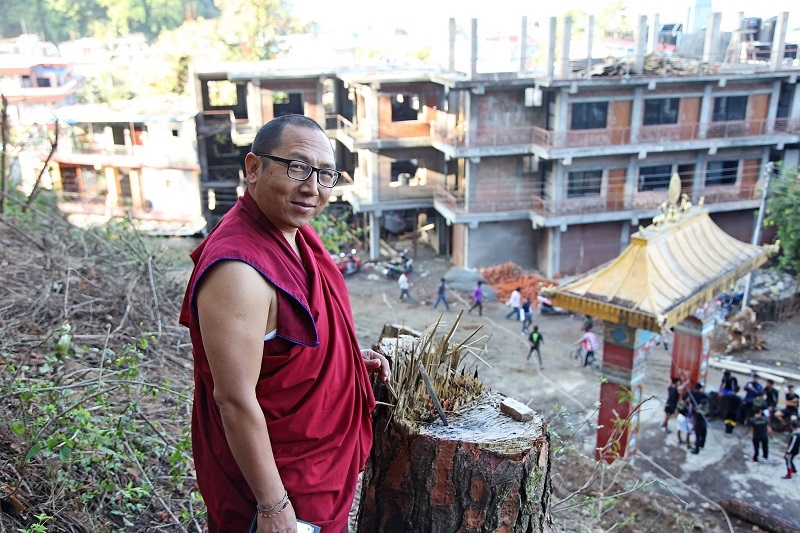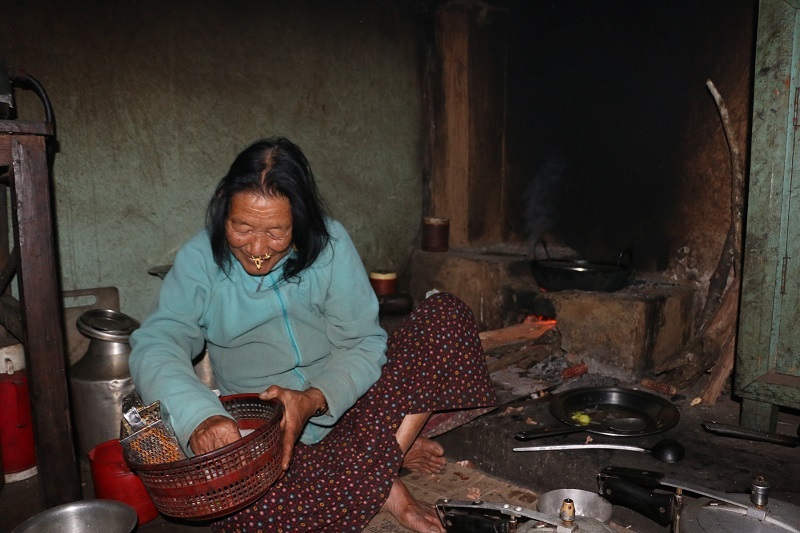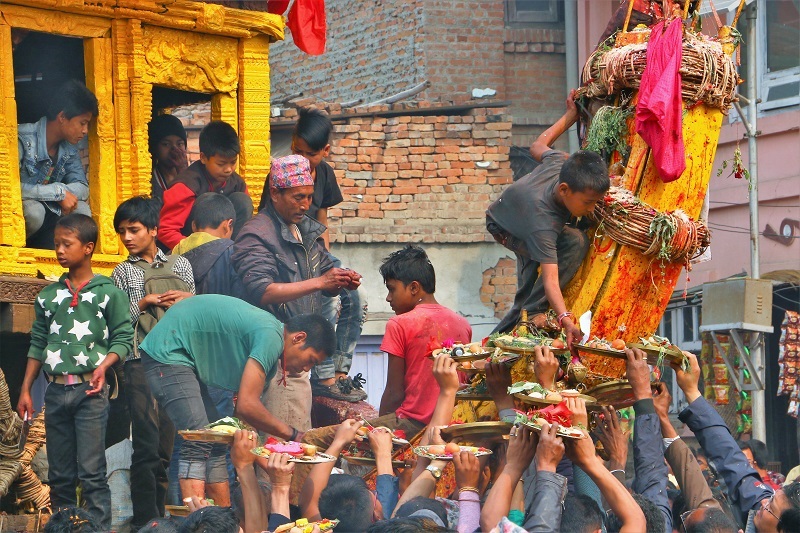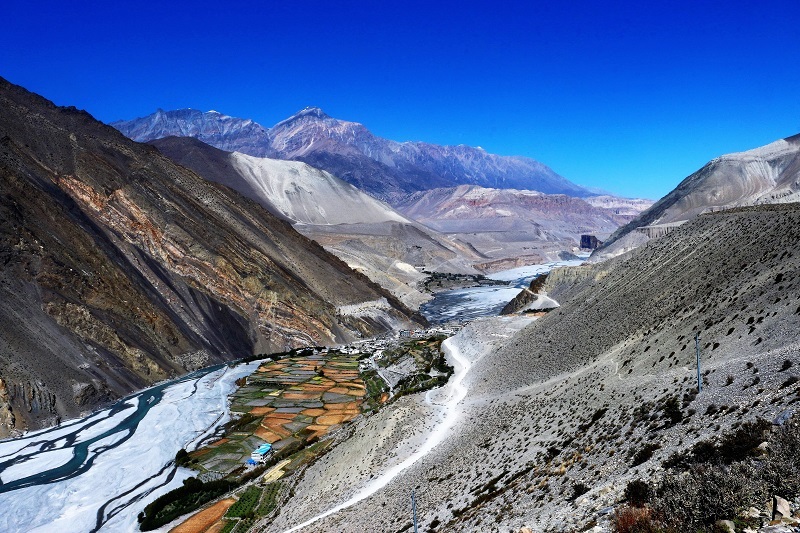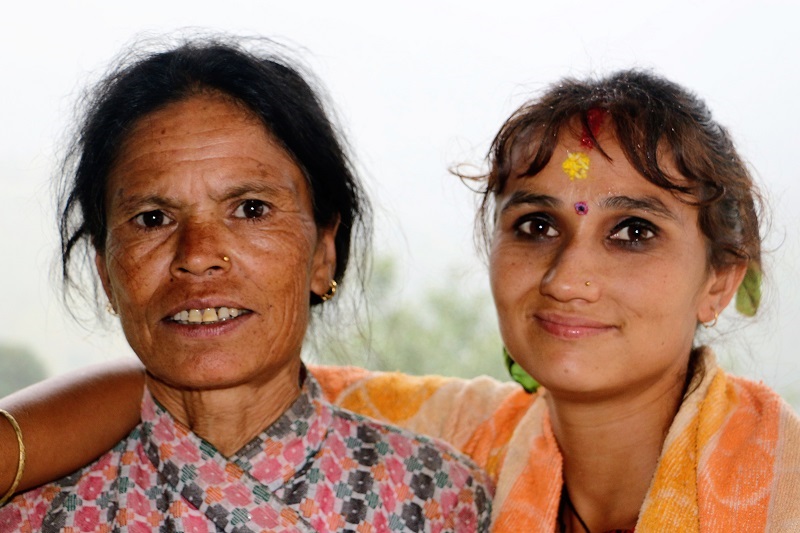Even though the Nepalese culture, traditions and lifestyle differ a lot from Ralf Ledl’s own, he found a distinct similarity: the shared goal to live as well as possible.
I have been with HARTMANN since 2011, where I work in the IT department. As an employee of a global healthcare company, health is important to me. Particularly when we are young, we tend to take our health for granted; as long as we are healthy, at least. We go to work, earn a living, pay insurance premiums and avail of healthcare services. But the fact that this is not always the case and is not the same everywhere in the world is quickly forgotten – including by me.
I started my year-long sabbatical in 2016. In preparation, I set myself the goal of breaking through old mindsets and breaking habits. I sought out new challenges that would push me to my limits and force me to take a fresh look at my life: originally, I never wanted to travel to a country whose language I did not speak. I considered religion unimportant. Meditation and spirituality were esoteric nonsense to me. Why should I visit a region during its rainy season when the sun was shining somewhere else? And that was the very point: because I had never done it before! And so, I opted for Nepal, a true challenge for me.
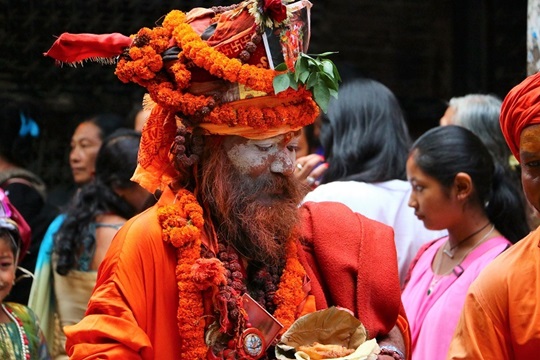
Perspectives from Nepal
Situated in the Himalayas, Nepal is renowned for its indescribable nature and breathtaking mountain panoramas. Yet, it is one of the poorest countries in the world. Medical care is inadequate, particularly in rural areas. Only a small proportion of the population has any access to treatment options. The situation was made worse by the major earthquakes in 2015, which destroyed many 'health posts' where people had until then received basic medical care from trained health assistants. My concerns about travelling to an earthquake region quickly vanished, as that was where help was most urgently needed.
In Nepal, the large disparity between urban and rural areas is a complicating factor. There are significant differences in prosperity, education and infrastructure. While there is one doctor for every 850 residents in the capital Kathmandu, in the countryside the ratio is one doctor for around 150,000 inhabitants. Many Nepalese have to travel on foot for several days to obtain medical assistance. For transport by ambulance or even helicopter, they and their relatives often get into debt lasting decades.
It is primarily people without their own income who have no access to medical care. There is no health insurance. Every treatment is fee-based and must be paid for in advance. Therefore, it is no surprise that the average life expectancy 10 years ago was just 67 years. It is now 68 years for men and 71 for women. Yet despite such difficult living conditions, the Nepalese exude a vitality and warmth that are rarely encountered elsewhere. I was surprised at how open and hospitable the people I met were. I quickly realised that even minor forms of assistance can achieve much in helping the population. And so, the idea of launching my own project in Nepal was born.
Helping people to help themselves
The problems in Nepal are multifaceted, complex, and often deeply rooted in the culture and traditions. But it is possible to work with the locals to formulate prospects and paths that can make a big difference in the lives of the people using minimal resources. It was this very realisation that motivated me. With supporters from Neresheim, Ellwangen and Aalen, I founded the non-profit organisation "Menschen im Dialog e.V." (‘People in Dialogue’) in October 2017. Our goal is to work with local partner associations and collaborating organisations from Germany and Austria to improve the living standard and healthcare of people in Nepal by means of targeted projects that are always associated with the notion of helping people to help themselves. The projects focus primarily on educational support, health promotion and intercultural understanding.
Education is the key factor in combating poverty and therefore also in promoting health in the long-term. Access to modern educational resources such as computers is important here – but is rarely available, particularly in rural areas. By providing computers, organising courses and training teaching staff, we create new prospects for people. In November 2018, we will implement the next computer project in Shree Buddha Secondary School in Philim, a mountain village in the Manaslu region. The school is one of the largest in the area, allowing us to reach around 400 students with the project.
The promotion of health is also at the heart of our work in Nepal. We are working hard to ensure that medical needs are met, even in remote regions. For 2019, we are planning a health camp aimed at improving medical care through the support of Nepalese doctors and paramedics. Every additional mission gives rise to new contacts, knowledge and ideas that we want to implement. The planning is far from over.
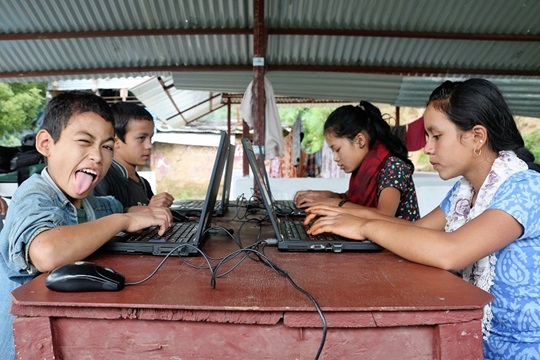
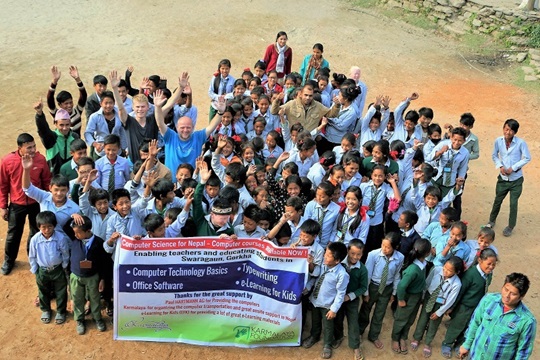
Building bridges – connecting people
Each new visit to Nepal amazes me. I am left speechless by the people of Nepal and their stories, courage and zest for life. They open my eyes time and time again to what constitutes health, happiness and contentment. And that there are multiple ways to find happiness. To share these experiences with others, I published a photo-book in April 2018 titled "Perspektiven aus Nepal" (‘Perspectives from Nepal’). In it, Nepalese friends vividly describe their everyday lives, culture and customs, together with the associated understanding of life. The stories are illustrated by pictures taken on four trips to Nepal. In addition to financially supporting the social projects through sales of the book, I want to achieve one goal in particular: conveying the Nepalese culture in a tangible, clear and authentic way in order to promote understanding for greater tolerance and acceptance of different lifestyles. Because even though the cultures, traditions and lifestyles could not be more different, we all have the same goal: to live as well as possible!
2018 marks HARTMANN’s 200-year anniversary.
To commemorate this milestone, we have put together this series of articles. In it we show how our employees and partners contribute to advancing healthcare, as well as discussing trends and issues that affect the healthcare systems we serve.

